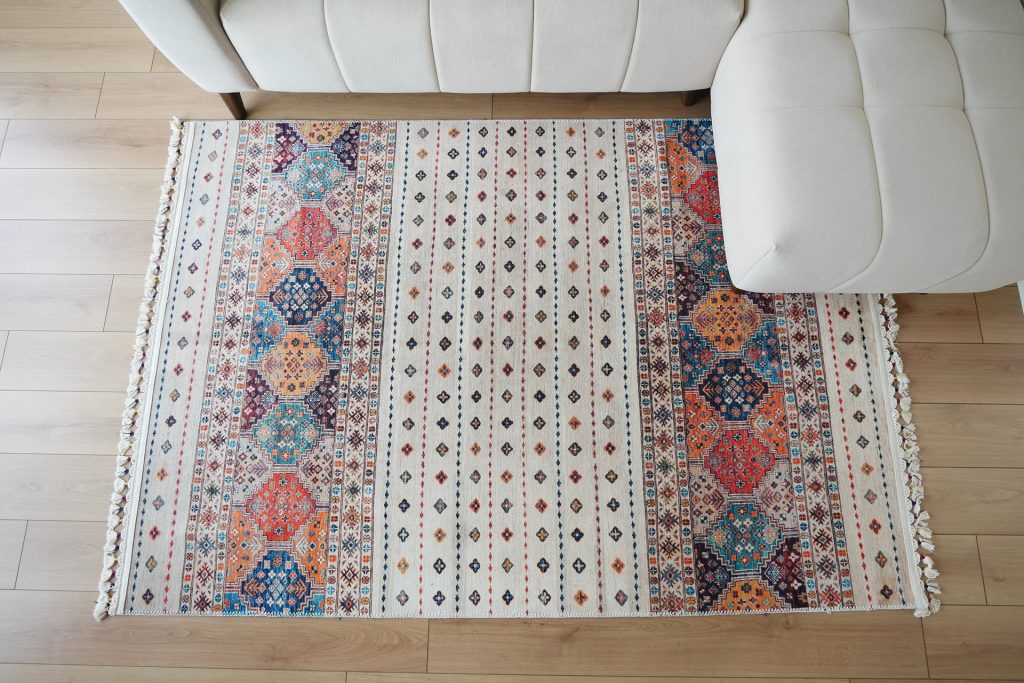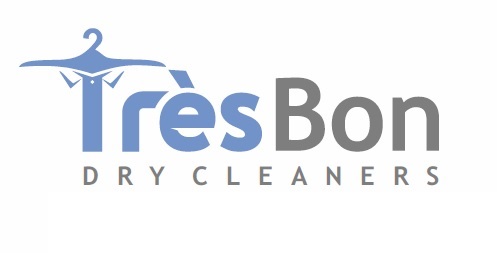
Cotton rugs and Oriental rugs: just two examples that couldn’t be more different when it comes to cleaning. If you’ve ever tried to scrub both the same way, you may have noticed that one came out just fine while the other looked worse than when you started. And when you see color bleeding from your rugs, that’s a sign the rug needed a different cleaning approach.
This is exactly why not all area rugs should be cleaned at home. Some rugs are just too delicate, too valuable, or too complex to trust to DIY methods. So before you break out the scrub brush, let’s explore why certain rugs should only be entrusted to experienced professionals and how to make sure you don’t accidentally ruin the rugs you love.
Delicate fibers can break down easily.
Some rugs are made with natural or fine materials like silk, wool, or bamboo, fibers that simply don’t respond well to typical home cleaning. Even cotton rugs, while sturdy, can weaken over time with improper washing. These delicate fibers are often handwoven or twisted in ways that can loosen, fray, or snap under too much pressure, moisture, or heat.
When cleaned at home, the risk of fiber damage is high because most household tools aren’t designed to protect those fine textures. Once these materials break down, the rug may lose its shape, texture, or value entirely.
Signs a Rug Has Fragile Fibers
- Hand-knotted construction: If the back of the rug shows individual knots and irregular weave patterns, it’s likely hand-knotted and requires professional handling.
- Fine yarn or thin threads: Rugs made with silk or high-grade wool tend to have finer threads, which can easily get damaged by aggressive scrubbing or vacuuming.
- Soft underlay or backing: Some rugs have cotton or jute backings that break down when saturated, especially during over-the-sink or garden hose cleanings.
To avoid this kind of wear, it’s best to work with local rug cleaners who understand how to handle delicate textiles. They use low-pressure cleaning methods, specialized tools, and techniques that maintain the integrity of the rug.
Dyes may bleed or fade.
Natural dyes common in Oriental, Persian, and high-end wool rugs are often not colorfast. That means when water or improper cleaners are applied, the dyes can run into surrounding areas or fade entirely. Even synthetic dyes aren’t immune if exposed to hot water or alkaline detergents.
At home, it’s easy to overlook this risk, especially when using common sprays or steam machines. One cleaning session could permanently change the color pattern of the rug, leaving you with dull patches or blurred designs.
How to Know If a Rug’s Dyes Are Vulnerable
- Dab test: Gently press a white cloth with a little water on a colored area. If color transfers to the cloth, the dyes aren’t stable, and the rug should not be cleaned at home.
- High-end rugs or antiques: Most heirloom or specialty rugs use traditional dyeing techniques, which are more prone to bleeding than synthetic options.
- Uneven coloring or fading: Already noticing some fading or patchy colors? That’s often a sign of past dye bleeding, possibly from improper cleaning attempts.
Improper drying causes mold and odor.
A common mistake when cleaning rugs at home is failing to dry them thoroughly. Most people assume hanging it over a fence or laying it in the sun for a few hours is enough, but it’s not. Thick rugs, especially those with padding or a cotton backing, can trap moisture deep inside.
That trapped moisture can take 24–48 hours (or more) to evaporate without professional tools, and during that time, bacteria and mold can start to form. Once mildew sets in, it smells bad and can also weaken the rug from the inside out.
Drying Mistakes That Lead to Mold
- Drying only the surface: A rug might feel dry on top but still hold water deep in the pile or backing.
- No air circulation: Leaving a rug indoors or in a humid garage slows drying time and increases the chance of mildew.
- Laying rugs flat on the ground: Air can’t circulate underneath, which traps moisture and promotes bacterial growth.
This is where rug cleaners have a major advantage. They use drying towers, airflow systems, and moisture meters to fully dry each layer of the rug safely and efficiently.
Household cleaners can be too harsh.
Most general-purpose cleaners contain ingredients that are too strong for natural fibers. Bleach, ammonia, or high-pH detergents may work on synthetic carpet but will almost always damage high-quality or vintage rugs.
Some chemicals can strip natural oils from wool, leaving it brittle and dull. Others can break down dyes or even eat away at the fibers. Just because a product says “rug safe” doesn’t mean it’s right for every rug.
Cleaners to Avoid on Area Rugs
If you’re unsure what’s safe, start by steering clear of the following:
- Bleach-based sprays: These can cause discoloration, fiber damage, and odor issues.
- High-pH detergents: Cleaners with a pH over 10 can damage wool and silk, breaking down fibers over time.
- Essential oils or scented soaps: While they may smell good, they often leave residues that attract more dirt or irritate allergies.
Professional area rug cleaners use pH-neutral, biodegradable solutions that are safe for both the rug and your home. They also perform pre-tests to make sure the cleaner won’t affect the fabric or dye.
Deep dirt and allergens stay trapped.
Vacuuming removes some dirt from the surface, but it doesn’t reach what’s embedded in the foundation of the rug. Over time, rugs act like a sponge for dirt, dust mites, pollen, bacteria, pet dander, and even skin flakes. These particles get lodged deep in the pile, especially in high-traffic areas.
At-home methods, like rental carpet machines or scrubbing with soap and water, usually can’t pull out this gunk, and may even push it deeper.
Why DIY Methods Miss Hidden Dirt
- Limited suction: Household vacuums don’t have the power to lift embedded debris from dense or knotted piles.
- No dusting step: Professional rug cleaning begins with “dusting,” a process that loosens dry soil before washing. Most people skip this entirely.
- Water alone isn’t enough: Wetting a rug without proper extraction can create mud from the soil inside, making the rug even dirtier.
Professional rug cleaners use powerful machines and manual tools designed to dislodge and extract fine particles. This deep-cleaning process not only restores the look of the rug but also improves indoor air quality.
Keep Your Rug’s Colors Bright and Fibers Intact — Turn to Tres Bon Dry Cleaners for Expert Rug Cleaning!
Just like clothing, some rugs are delicate, too. So don’t risk damaging them with at-home cleaning methods. Get help from the area rug cleaning experts at Tres Bon Dry Cleaners, where we safely clean everything from Persian and Oriental to silk, wool, and even fragile vintage styles. We work with eco-friendly solutions that lift soil, neutralize odors, and preserve sensitive dyes, then finish each rug on a controlled-drying floor to lock in shape and prevent mildew.
Book an Area Rug Cleaning Service online or call 516-510-3992 for further inquiries, and let Tres Bon Dry Cleaners restore vibrancy, softness, and longevity to the rugs that anchor your favorite spaces.

